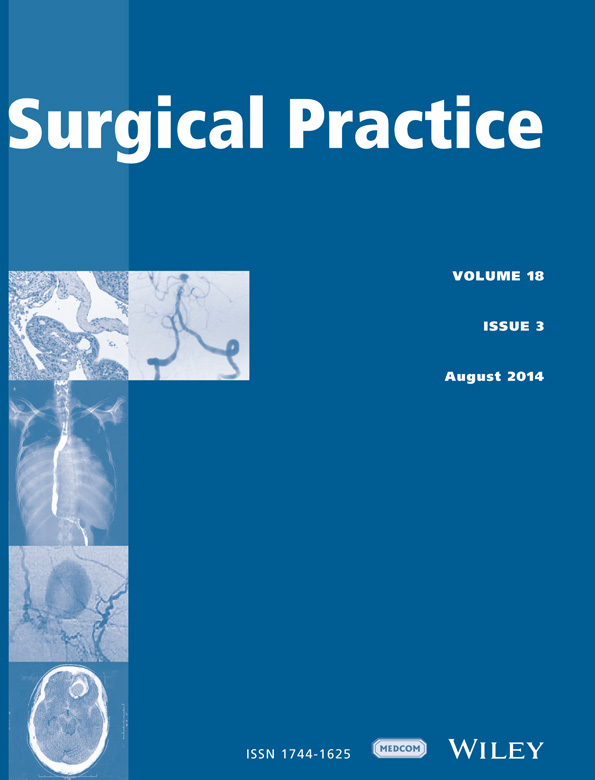Rouviere's sulcus: Review of an anatomical landmark to prevent common bile duct injury
Abstract
Aim
To review the use of Rouviere's sulcus as an anatomical guard during laparoscopic cholecystectomy.
Patients and Methods
Anatomical review, not directly involving patients. A review of major anatomical texts, surgical texts and the pubmed database was conducted for all texts or articles pertaining to Rouviere's sulcus.
Results
The use of Rouviere's sulcus during laparoscopic cholecystectomy results in an additional anatomic guard against biliary tract injury, however proper anatomical exposure is required to maximize the utility of this landmark.
Conclusion
When combined with other anatomical guards, Rouviere's sulcus is a useful adjunct in the prevention of biliary tract injury.




